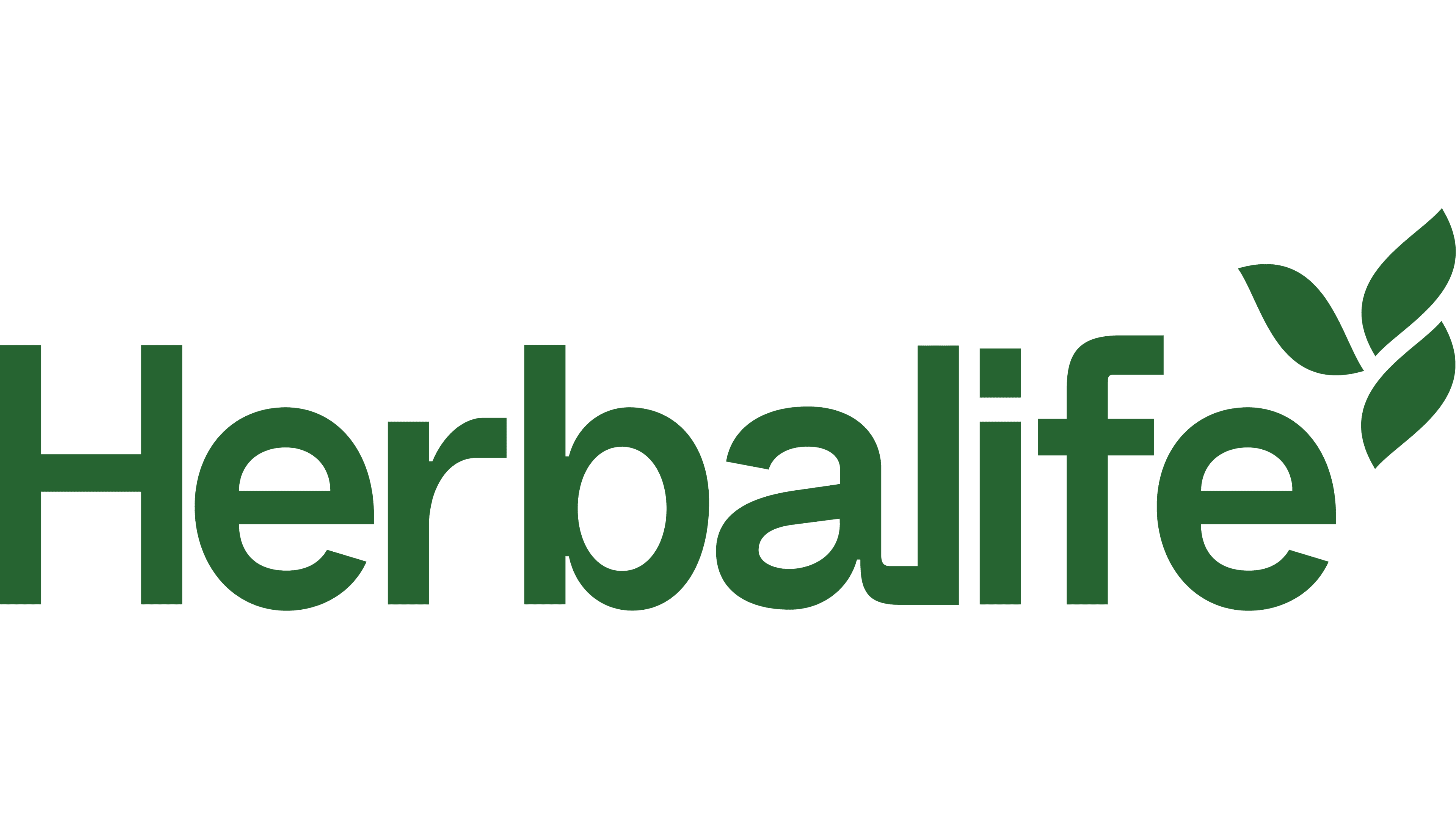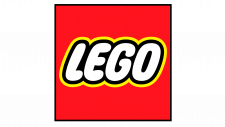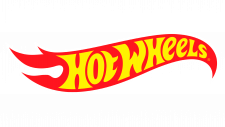Herbalife Logo
Herbalife is a global nutrition company, focusing on protein shakes, snacks, vitamins, and dietary supplements. Established in 1980, its products cater to weight management, energy & fitness, and personal care. As of now, it operates in over 90 countries, with North America, Asia-Pacific, and EMEA as primary markets. The company follows a multi-level marketing model, relying on independent distributors for sales. Ownership has seen shifts, major stakeholders included institutional investors and private shareholders. The firm emphasizes well-being and a healthy lifestyle.
Meaning and history
Herbalife, a global nutrition company, was founded in 1980 by Mark Hughes in Los Angeles, CA. Initially, the company sold weight management products from the trunk of Hughes’s car. By emphasizing personal relationships and word-of-mouth, the firm quickly expanded, adopting a multi-level marketing (MLM) approach, where independent distributors sold products and recruited others to do the same.
Throughout the 1980s, Herbalife flourished, launching in countries beyond the U.S., like the UK and Canada. However, the rapid growth came with scrutiny. Critics questioned the MLM model and the efficacy of its products. In 1985, the company faced challenges from the U.S. Food and Drug Administration (FDA) over certain product ingredients. Herbalife adapted by modifying its product formulations.
Tragically, in 2000, founder Mark Hughes passed away, leading to a period of transition. A group of private equity firms, including J.H. Whitney & Company and Golden Gate Capital, acquired Herbalife in 2002, taking it private. But in 2004, Herbalife went public again, listing on the New York Stock Exchange.
The 2010s brought more scrutiny. Hedge fund manager Bill Ackman took a significant short position in 2012, accusing Herbalife of being a pyramid scheme. This sparked a prolonged public feud between Ackman and other high-profile investors who supported Herbalife. The U.S. Federal Trade Commission (FTC) investigated the allegations, concluding in 2016 that while Herbalife wasn’t a pyramid scheme, it needed to restructure its U.S. operations and pay a $200 million settlement to compensate consumers.
Despite these challenges, Herbalife has remained resilient. Over the years, its product line has expanded to include not just weight management but also energy, sports nutrition, and personal care items. Today, the company operates in over 90 countries, continuously adapting to market needs and maintaining its emphasis on community, well-being, and a healthy lifestyle.
1980 – 2018
Originally, the Herbalife emblem showcased the word “HERBALIFE” in a bold shade of forest green, adorned with pronounced triangular serifs. The horizontal bar of the “A” had a subtle curve, mirroring the elongated and downward tail of the “R” which extended beyond its baseline. These intricate designs were reminiscent of tender grass shoots. Positioned atop the brand name was a botanical emblem, depicting a tri-foliate clover encased within a white circle bordered by a thick verdant trim. This circle was further embraced by three elliptical shapes, each having pointed edges. This design evoked a sense of nature and growth, resonating with the brand’s herbal ethos.
2018 – 2023
In the year 2018, the producer of nutritional supplements underwent a rebranding, adopting the name Herbalife Nutrition Ltd. With this transformation, the logo too received a fresh look. The tri-leaf clover icon was repositioned to the left, creating space for the newly designed textual component. The phrase “HERBALIFE NUTRITION” now graces the right side, split into a dual-row arrangement. The word “HERBALIFE” is presented in a stark black hue, while “NUTRITION” flaunts a verdant shade, mirroring the hue of the encircled clover design. The typography is devoid of any serifs, and exhibits consistent stroke width, exuding a contemporary and clean appearance. This shift signifies the brand’s evolution and commitment to holistic health.
2023 – Today
The logo features the word “Herbalife” in a bold, green typeface. The letters are capitalized and possess a modern sans-serif style, providing a clean and contemporary look. To the right of the text is a stylized illustration of three green leaves, elegantly curved and tilted to the right, evoking a sense of natural growth and vitality. The overall color palette, dominated by varying shades of green, underscores the brand’s herbal and natural essence. The simplicity of the design lends it a timeless and universal appeal, making it easily recognizable.














